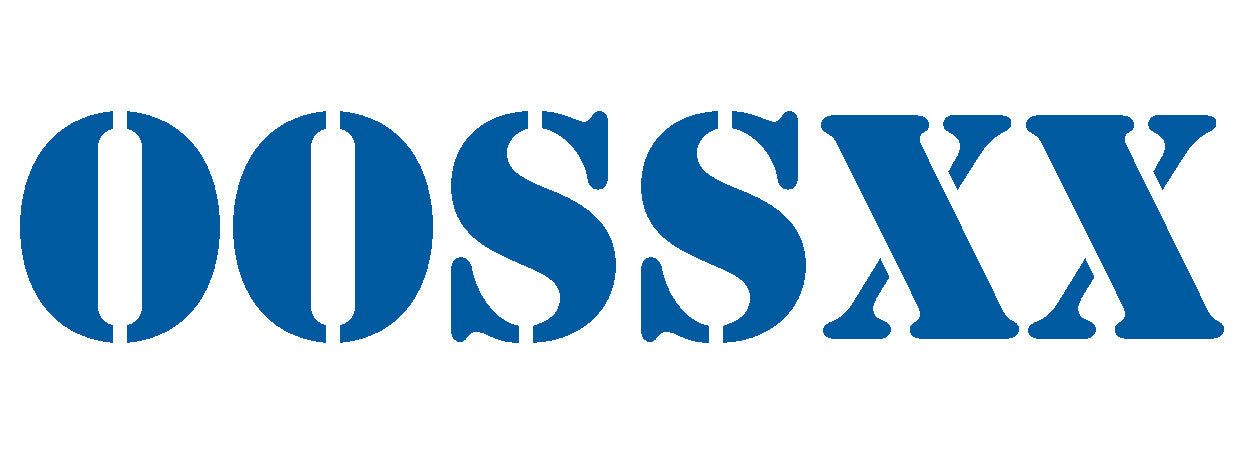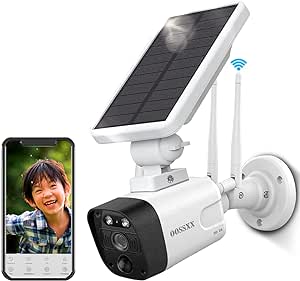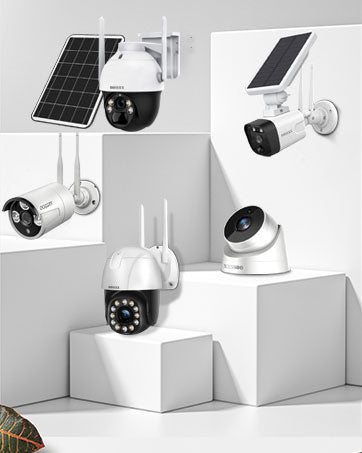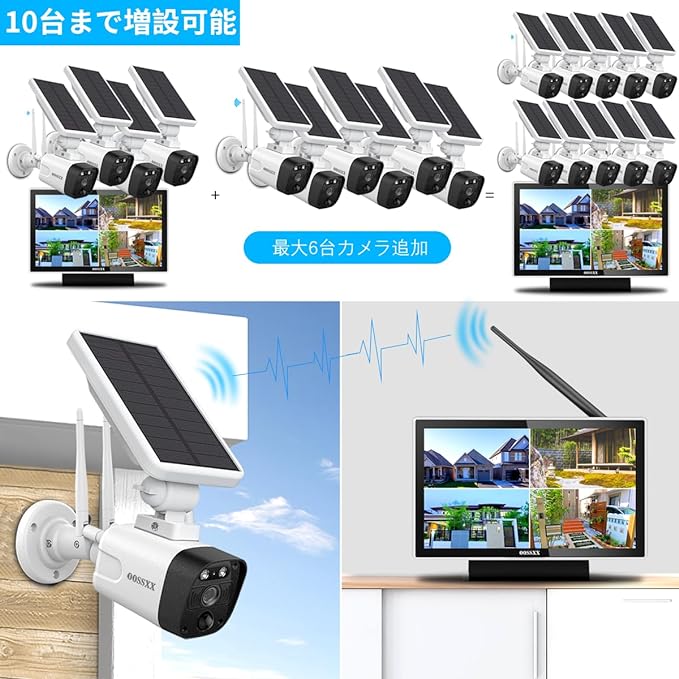High image quality first, paving the way for practical intelligent applications:
1. High image quality is a key factor in the rapid popularization of IP cameras. The transition from standard image quality to high image quality has changed video surveillance from "seeing" to "seeing more clearly". High-resolution monitoring screens facilitate not only human observation but also machine "seeing", allowing the content of the screen to be extracted more accurately. For example, people in the screen, vehicle attributes, etc. can be extracted. This is the process of intelligent analysis and video structuring, and is also the basis of intelligent and big data applications. Indeed, the accuracy of intelligent analysis is related to many factors such as intelligent algorithms and device performance, but high-quality video sources are always the most basic and decisive factor. When faced with an image with only hundreds of thousands of pixels of image quality, machines will be less likely to "advance", given that even the human eye cannot distinguish them.
Therefore, the resolution of IP cameras is improving year by year, and many safe city construction projects use more than thousands of 4K ultra-high resolution IP cameras. And one of the key factors that hinder the popularization of ultra-high resolution is the cost of bandwidth and storage. The emergence and popularization of the new codec technology, H.265, is done to solve this problem. In addition, some manufacturers offer their own patented codec technology, Smart 265, which is more efficient based on the H.265 international standard. Smart 265 is a more efficient codec technology than H.265, and can reduce the bit rate by about 70% in scenes with little movement (e.g. indoor lounges, staircases, etc.). In scenes such as slightly busy roads, the bit rate can be reduced by more than 50%. It is also more effective than traditional H.265 in scenes with constant large movement, such as scenes such as train stations. Therefore, the emergence of more efficient codec technology has significantly reduced the cost of ultra-high resolution, further promoting the popularization of ultra-high resolution and paving the way for intelligent practical application applications.
2.
Smart preposition, storing primitive structured information
The high image quality of IP cameras has solved the problem of the clarity of the video source, and laid a good foundation for the improvement of the accuracy of smart algorithms. With the improvement of the performance of the hardware platform of IP cameras and the improvement of smart analysis algorithms, smart front-ends have become possible, and the smart application of IP cameras has entered the practical stage. Smart front-ends turn each traditional camera from a simple video collection unit into a smart processing unit, enabling the traditional "after-the-fact video check" to "timely response during the event" and even advance warning, greatly improving real-time performance and improving the value of monitoring. And there is no single-point bottleneck in the system, and the cost of system construction does not increase. In addition, the large-scale distributed smart front-ends provide the downstream storage and platform with extremely rich smart video streams and structured data information, providing the raw material for subsequent high-speed video detection and search and further application of big data.
On the other hand, general IP cameras come standard with smart micro-intelligence capabilities. Each front-end Smart IPC/sphere camera provides real-time alerts, including 10 types of motion detection, 4 types of anomaly detection, 2 feature recognition, and 1 statistical analysis, and the smart detection alert information is sent to the Smart platform in real time, realizing active video security and enabling effective "prevention". At the same time, the collected general video, the person/vehicle images captured with classification identification, and the video structured data generated from the analysis are directly stored in the Smart storage device, providing data support for smart search and smart playback. In addition, the extracted video structured data (such as vehicle license plate, vehicle color, etc.) is stored in the video image information database, making it possible to search for structured information such as people, cars, etc.
On the other hand, professional smart cameras have in-depth applications in specialized fields. Current professional smart cameras mainly include facial recognition and customer flow measurement cameras, which are applied to certain scenes where high analytical accuracy of faces and customer flow is required. These information provide the most primitive structured information for the application of big data. In the public security field, facial recognition technology is used to record people in scenes such as subway stations and high-speed railway stations, and when the recorded person appears in the monitoring area of the facial recognition system, the system will immediately send out alarm information, which will increase the arrest rate of fugitive criminals, shorten the arrest time of major criminals, and better ensure the healthy and orderly development of society. In commercial facilities, facial recognition cameras and customer flow statistical cameras are used to record statistics on the gender, age group, quantity, etc. of customers who visit the store, and these information can be added with time and space attributes to form a graph of the number of visitors at each entrance by business hours, which can be further cross-compared with information such as sales, holiday schedules, and promotional activities to find correlations and patterns, make certain predictions, and finally make appropriate decisions. For example, if you notice that you have a particularly large number of female customers on a particular holiday and that a particular bag is selling particularly well, you can infer that the next time you release the same bag on the market at that time, it will likely sell well.
3.
Multi-dimensional sensing and diverse big data
With high image quality and smart front-end, IP cameras can provide sufficient data information for big data applications, but in the big data era, it is necessary to increase not only the information samples but also the information density and information types as much as possible, which requires the sensing of the front-end IP camera to be multidimensional.
First, multi-dimensional sensing means. IP cameras are developing from plane to three-dimensional. For example, IP cameras based on binocular stereoscopic vision technology can form a field of view with three-dimensional geometric information of objects, so as to effectively set detection rules, exclude interference factors such as light rays and shadows, greatly improve the accuracy of smart analysis, and provide more accurate big data information. There is also a development from monocular to multi-ocular. Hikvision's Eagle Eye series products are based on the technology of combining multiple sensors. In the past, four cameras and one server were needed to view vast scenes such as squares, stations, and construction sites, which was costly and difficult to maintain, but now, with just one multi-sensor device combined with four or eight lenses, a 180° or 360° stereoscopic high-definition panoramic image can be directly output. In addition, when you need to see more details, you can use the high-definition zoom camera integrated into the multi-sensor device to combine the whole view with the details. In this way, you can get higher information density through a single product.
Second, there is the multidimensional sensing type. Multidimensional sensing means bring multidimensional data types. For example, visual information, directional information, environmental information, alarm information, etc. This meets the requirements of the big data era, which is the rich sample variety. At the same time, the data information acquired by the security sensing network is all centered on video, and when various data are combined with video, visualized sensing content can be obtained. For example, by combining a camera with an electronic compass, GPS and other sensors, the area monitored by the camera, that is, the field of view, can be clearly displayed on an electronic map. It can also automatically overlay the latitude and longitude of the device's location and street information on the monitoring screen. It facilitates management and procurement. By combining video with a temperature and humidity sensor, in places with high requirements for environmental temperature and humidity, such as kitchens and pharmacies, you can not only see the actual monitoring scene of the warehouse, but also grasp the current environmental situation of the warehouse. When the temperature and humidity exceed the set value, the actual monitoring scene image of the warehouse with abnormal temperature and humidity is displayed, allowing the monitor to quickly grasp the situation on site. By combining RFID technology with video, for example, RFID tags can be attached to the safety hats of workers at construction sites to stamp them without contact. Combined with a security camera installed at the entrance to the construction site, people's images and information can be recorded in the system simultaneously.
As the wave of IP meets security big data, high definition, intelligent and multi-dimensional are gradually becoming the mainstream development trend of IP cameras. As an important part of the security big data network, IP cameras provide rich and diverse video sources and early structured data for big data applications, laying a solid foundation for the in-depth application of big data.
Sample block quote
Praesent vestibulum congue tellus at fringilla. Curabitur vitae semper sem, eu convallis est. Cras felis nunc commodo eu convallis vitae interdum non nisl.
Sample lookbook gallery
Sample paragraph text
Damus id ullamcorper neque. Sed vitae mid a cosmo pretium aliquet an sedo delitos. Pellentesque nulla eros accumsan quis justo at tincidunt lobortis denimes loremous. Suspendisse vestibulum lectus in lectus volutpat, ut dapibus purus pulvinar. Vestibulum sit amet auctor ipsum. Proin molestie egestas orci ac suscipit risus posuere loremous.







